A sleek, black anchor shape, etched against the blue sky, hurtles in pursuit of prey. A Northern Hobby, a flashy falcon, is chasing dragonflies. Sighting one alone speaks to me of summer in Hokkaido, especially with its mate brooding or feeding a growing fledgling in a nearby treetop nest.
Today though, a second bird wings in matching the first turn for turn. Behind them follows a gangly, less confident, chattering youngster that reminds me autumn is near. It perches and emits a steady shrieking as its parents hunt down their favored prey, snatching red dragonflies from the sky as they gorge on the typhoon-season plenty of airborne insects.
As Hobbies breed later than other birds of prey, their young are newly on the wing when prey is most abundant — at the fag end of summer and the onset of fall.
Further signs of autumn come when I glimpse a Rowan tree, its many umbels of red berries heaving with promise; a wild rose bending under the weight of its broad, orange rosehips; and a distant, autumn-tinted mountain range against a glowering gray sky.
For each subject my hands twitch to my camera. Some, like the Hobby, are too fleeting for me to even consider capturing; others are ephemeral and a hastily snatched shot must suffice. When time permits, though, or when a subject is seasonally predictable, taking time with a camera can be doubly rewarding — more time spent watching means more experiences and more time learning, and if a decent shot results, then there is a long, lingering memory on "film."
I don't count myself so much a photographer as an illustrator — choosing particular images with which to illustrate the many talks I give and books and articles I write. True photography is an art form, but taking a camera on country walks provides a delightful extra dimension to a seasonal experience, whether you're an artist or not.
In my time, I have spanned the gamut from taking prints and slides with totally manual Olympus cameras in the 1970s and '80s to doing so using battery-powered Canon SLR (single-lens reflex) bodies complete with a wide range of lenses in the '90s and early 2000s. Then I abandoned photography for a while, crippled by indecision over whether digital was the way to go or not, before committing to a fully digital Canon SLR kit. After that, I downscaled to a series of pocket cameras that not only had excellent up-close (macro) features but also fitted onto my telescope, allowing me to take "telephoto" pictures via a technique called "digiscoping."
Unfortunately, though, in my work as a professional nature guide I was often busy assisting others to capture views of exciting wildlife through my telescope, or helping them take all manner of other photographs — so leaving me little time to take my own.
That all changed recently when I bought a camera that is light enough to carry at all times, but powerful enough (macro to 42× optical magnification) to provide the same opportunities as digiscoping without carting around a heavy telescope. Now, having married that Nikon Coolpix P510 to a well-designed BlackRapid strap system that keeps the camera ever ready at my hip, I have entirely rekindled my interest in photography. Who knows, I might even take some good pictures this time around . . .
Photographers come in many guises. Those like me are in it for the memories; some record news, sports or wildlife; others are in the business of creating artworks worthy of a place in a calendar, a magazine or even on a wall. While I have had a large number of photographs published, I still don't consider myself a photographer; my pictures are simply to help illustrate stories.
But regardless of the style of photography to which you aspire, certain basic aspects of the craft are worth remembering — especially now, with the exquisitely colored autumn hues about to present themselves for our delight.
So, whether you're toting an ubercostly Hasselblad or a bog-standard compact or smartphone device, you'll likely find it helpful when setting out in search of special shots to keep in mind the five tips listed here — and to view the accompanying images as ones to better. The most important tip, though, is not listed here: Have fun!
Capture the light
Photography is truly the art of capturing light; giving due consideration to the light is paramount.
Conditions in the early morning and late afternoon are usually best, when the sun is low in the sky. Then the light is warm, even golden, and very much less harsh than during the middle of the day. This is especially important in autumn when that warm, low-angled light enhances the fall colors of yellows, oranges and reds, making for gorgeous photographic opportunities.
Think also of the direction of the light as it falls onto your subject; move around your subject to choose where you want the shadows to fall.
While light is crucial, don't abandon overcast days; a glowering gray sky, low light breaking through cloud and a hillside of autumn color can be spectacular.
Look out for complementary colors; find color contrasts and interesting patterns, such as red berries against green vegetation or either of those against a brilliant blue sky; and be alert to bright colors that pop from monotone surroundings. Use strong colors to draw your viewer into the image, but look for similar colors elsewhere in the scene too, drawing the eye in and onward. Remember that autumn leaves are at their most colorful after rain, and raindrops glistening on foliage add a sparkle — literally.
Create your image
With modern compacts and phones, photography is made so easy that we tend to take too many pictures — but a good photograph is created, not taken.
Consider the composition of your shot; follow the famous rule of thirds — placing your horizon, or your subject, not in the middle of the frame, but a third of the way from an upper, lower or side edge. Turn your camera from horizontal to vertical sometimes; some subjects are just crying out for a different perspective.
It's also important to pay attention to the surroundings. Can you frame out aspects that distract from your image? This is especially easy now that almost all cameras offer zoom features. Crop out the clutter in the corners or the background; place your subject where it is most striking — and dream that one day camera manufacturers will build in a filter that automatically erases all of those photo-ruining wires strung across the Japanese landscape!
With your built-in zoom, experiment with composition, cropping and framing. Zoom in for close-ups, draw out details, patterns and textures; zoom out for a broad perspective setting the whole scene in its landscape.
Above all, let your imagination flow. Don't aim to replicate what others have taken; instead look for images and creative perspectives that you haven't seen before.
Play with your tech
My favorite fun features included in modern cameras and phones are the video and panorama options. Some scenes and certain situations simply don't lend themselves to tight-framed images or stills. Instead think of the whole view, and experiment with that panorama setting. Short video clips, tightly edited, are usually more expressive of an action scene than any number of stills.
Auto isn't at all bad
So much of the essence of photography is about light, subject choice and composition that if you focus on those three you can rely on your camera to do the rest for you — which is why cameras offer full auto.
Auto focus saves you valuable seconds, auto shutter speed helps you seize action, and auto aperture saves you worrying about details.
Of course you can learn far more about each aspect, but always keep as your mantra: "Subject, light and composition."
Consider your viewer
And finally, if showing your pictures to others, choose only a very small selection. Edit, edit, then edit again — there is nothing more boring than sitting through hundreds of someone else's images, whereas a few well-chosen ones will stimulate questions and conversation.



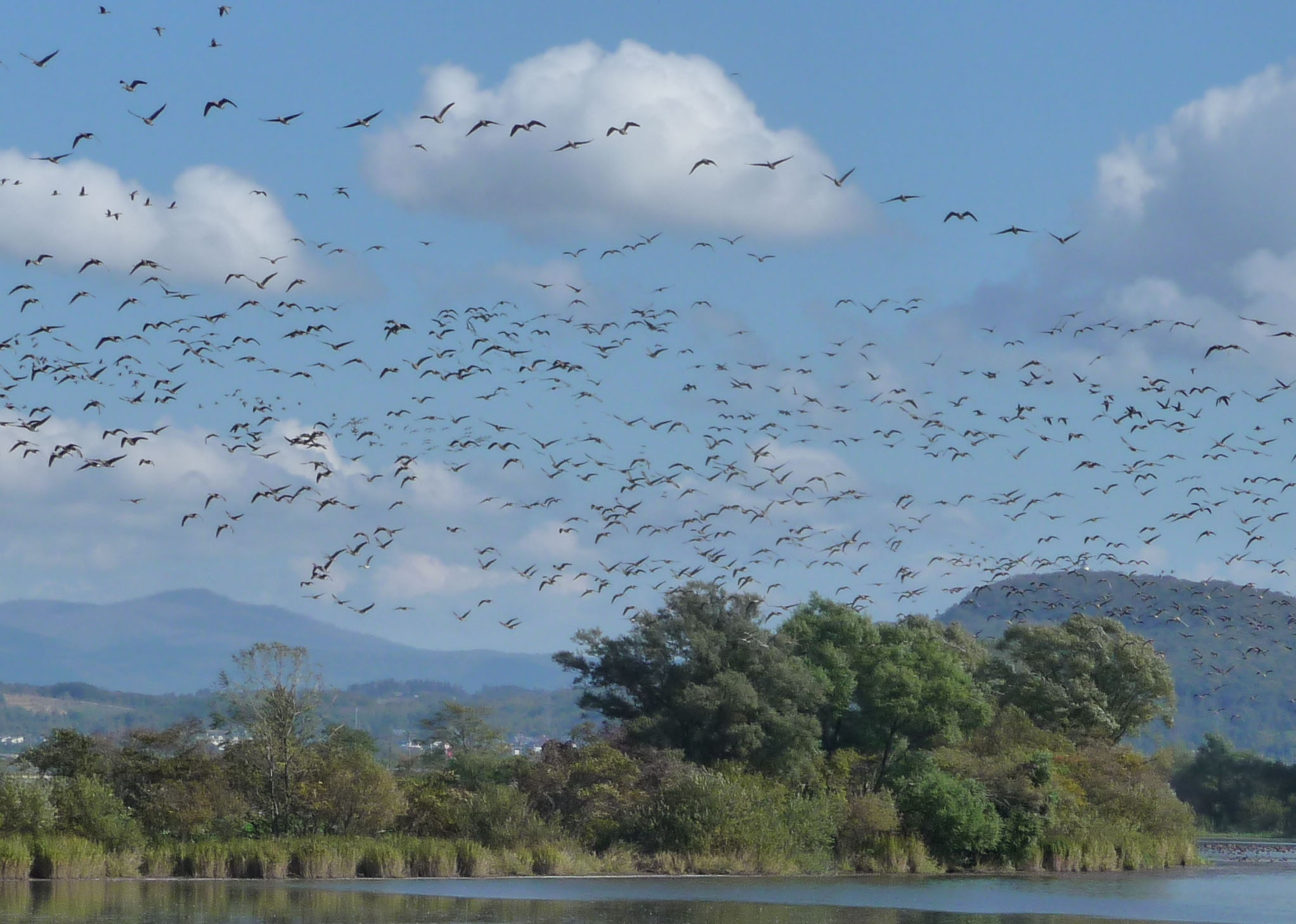
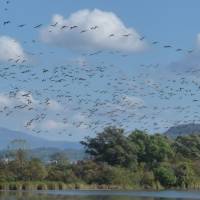
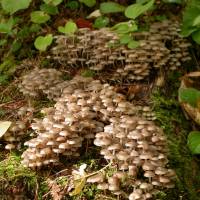

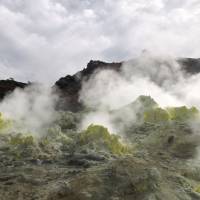
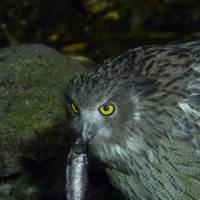
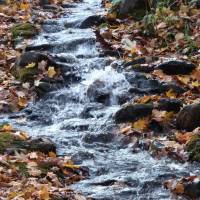
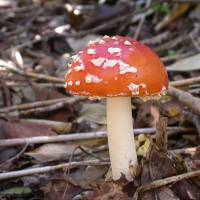

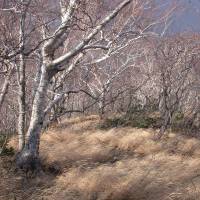














With your current subscription plan you can comment on stories. However, before writing your first comment, please create a display name in the Profile section of your subscriber account page.